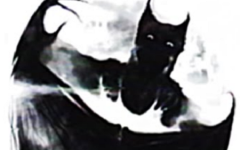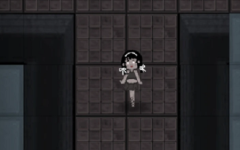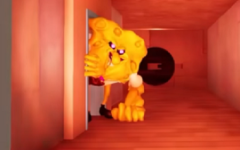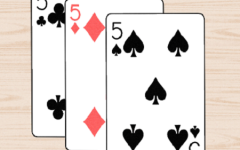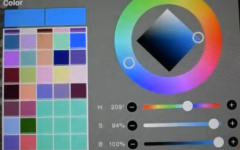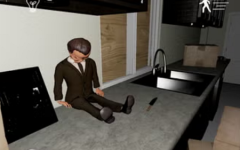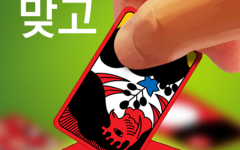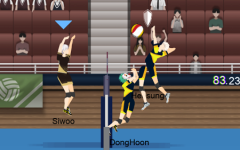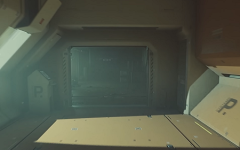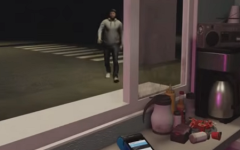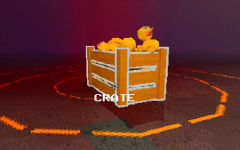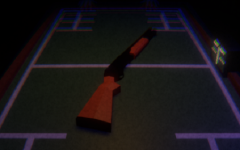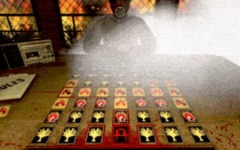Advertisement
The Boba Teashop
Advertisement

The Boba Teashop begins as a straightforward management game where the player, as Risa, prepares bubble tea drinks for an increasing flow of customers. The process is structured: take orders, mix ingredients, seal the cups, and serve with efficiency. Players follow repetitive tasks meant to simulate the rhythm of a small business. Some customers are polite, others messy or difficult, and small adjustments are often needed to meet requests. While everything appears normal on the surface, the pacing and design suggest that not everything is as routine as it seems.
Shifts in Tone and Disturbing Elements
The game slowly introduces visual and narrative distortions. The VHS-style filter adds grain and blur to the scenes, and dialogue from certain customers becomes vague or unsettling. As the player continues to serve drinks, cracks begin to show in both the environment and Risa’s perception of her work. Background elements change subtly, customers behave in ways that don’t match the context, and scenes are interrupted by unexplained imagery. These moments are not immediate threats but gradual intrusions into the repetitive gameplay loop.
Personal Story Behind the Shopfront
Beneath the surface of the shop simulation lies a narrative focused on Risa’s psychological state. The game uses simple mechanics to contrast against increasingly heavy subject matter, including themes of burnout, regret, and mental strain. The horror doesn’t come from sudden scares, but from the way normal routines break down over time. Players are expected to continue performing their duties, even as the environment becomes more unstable. The Boba Teashop masks deeper emotional content behind ordinary tasks, using structure and repetition to build tension rather than relying on spectacle.





















































































































